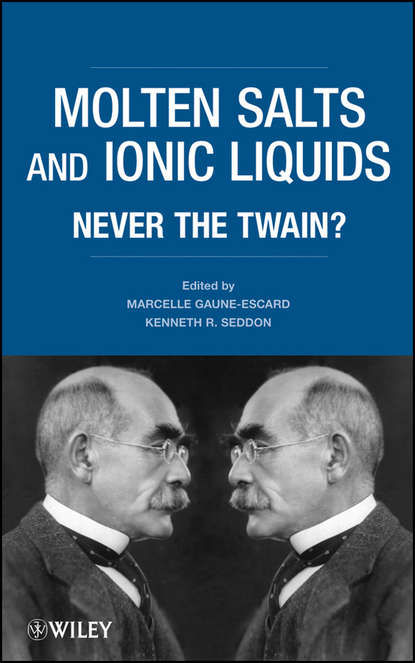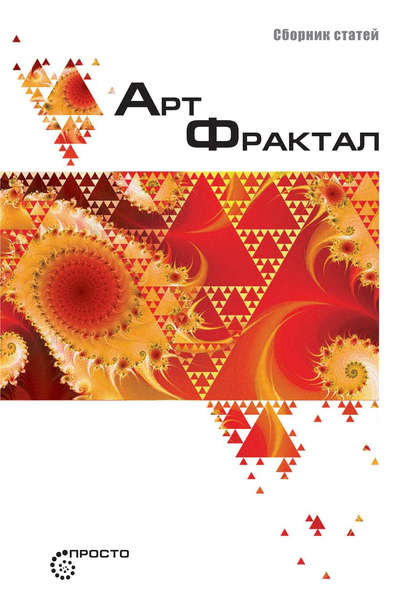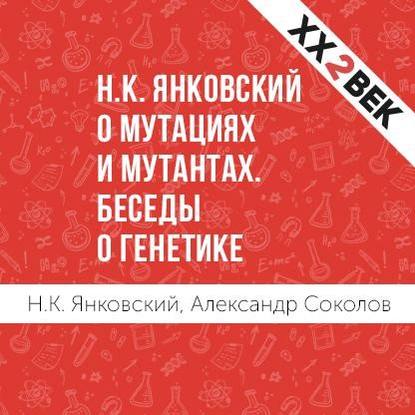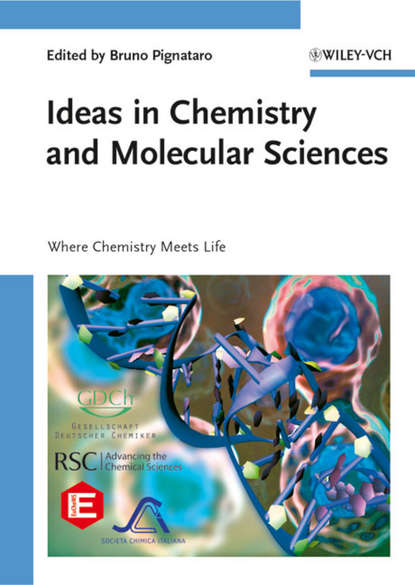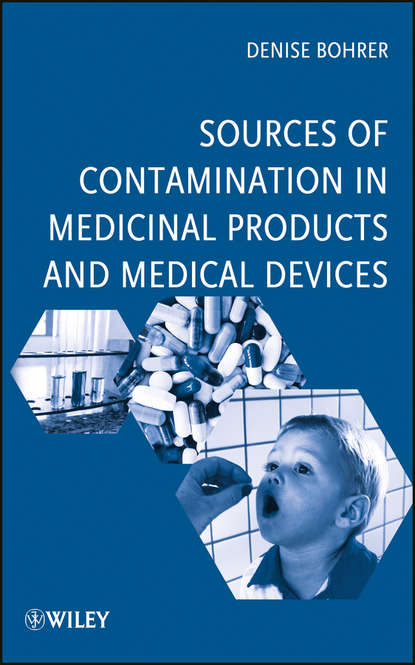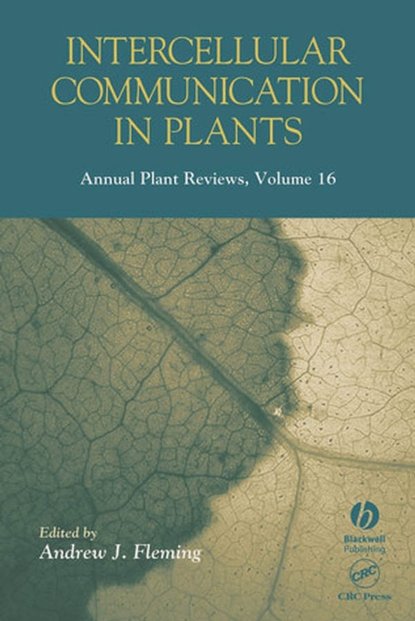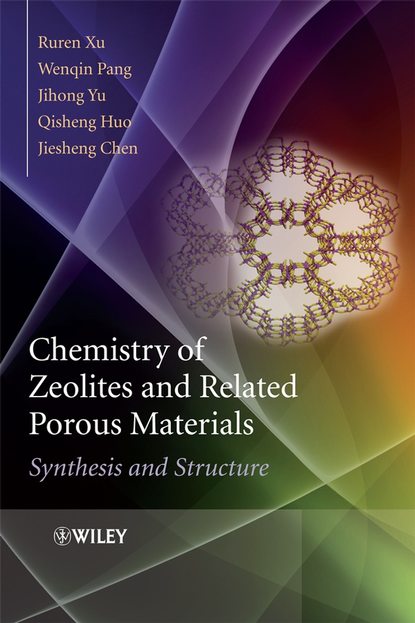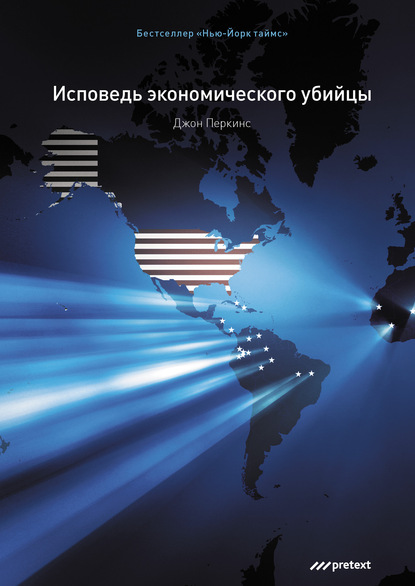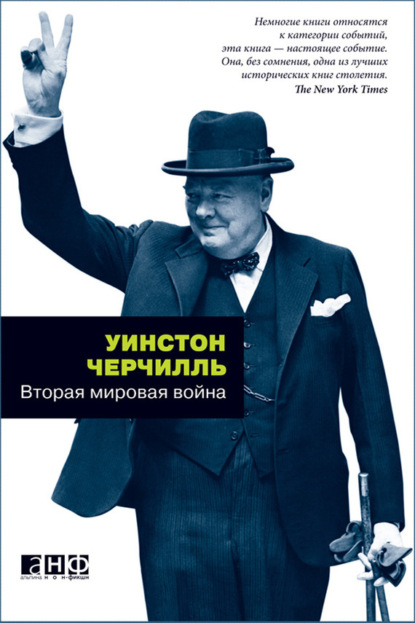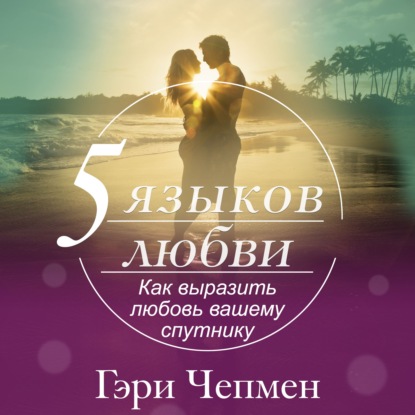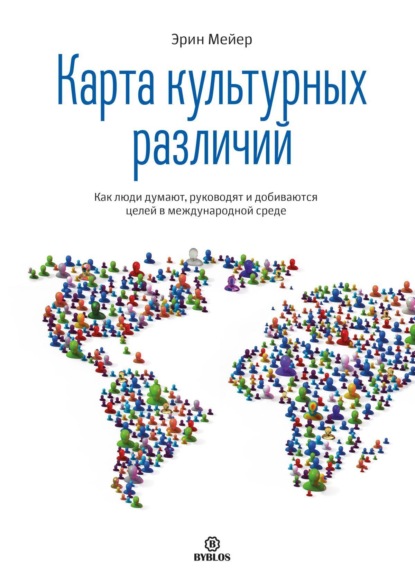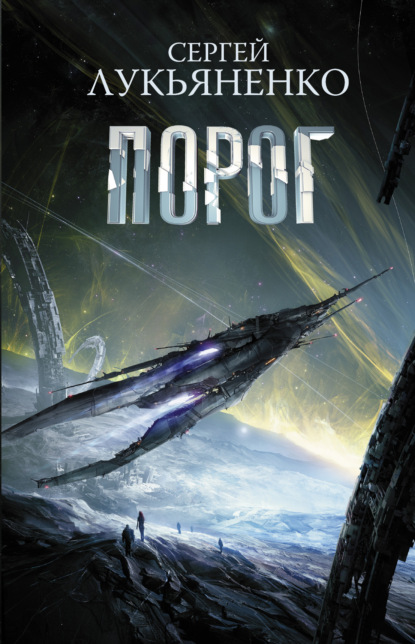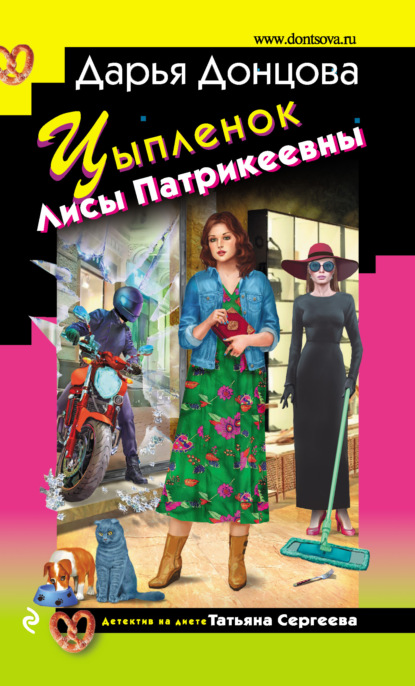Книга "Molten Salts and Ionic Liquids. Never the Twain?" рассказывает о двух связанных областях - расплавленных солях и ионных жидкостях. Несмотря на то, что обе области изучают кулонические жидкости с целью применения их в науке и промышленности, они долгое время развивались отдельно друг от друга. Редакторы этой книги организовали встречу лидеров обеих областей в Тунисе, чтобы преодолеть разрыв. В результате этой встречи было решено проводить регулярные конференции под названием "EUCHEM Conferences on Molten Salts and Ionic Liquids". В книге рассматриваются различные аспекты изучения расплавленных солей и ионных жидкостей, такие как структура, динамика, электрохимия, термодинамические свойства, спектроскопия, синтез и теоретические исследования. Книга представляет первое серьезное обсуждение передачи методов и техник между различными температурными режимами и является значительным вкладом в будущее обеих областей.
For many years researchers working with molten salts or ionic liquids addressed different topics, to each other's disadvantage. Molten salts consist of ions only, whereas ionic liquids differ only in temperature. Therefore, all these researchers employ similar methods and both areas need the same skilled specialists. It seems that the only difference between these domains is semantics, yet it is not so simple.
To highlight this important subject, experts from Molten Salt and Ionic Liquid Communities organized a seminal conference in Tunisia to create bridges between these groups and remove existing gaps. This event contained valuable information about the both topics. Leading researchers shared their ideas, interacted with each other and learned about new achievements and ideas during the weekly interactive program. The offered innovative research outcomes are well disposed in this publication, which is available now in the form of a compilation containing the most significant developments.
The aim of this project was to achieve the convergence and eventually establish biennial conferences, designated as "EUCHEM Conferencies on Molten Salts & Ionic Liquids". Four such gatherings have already been scheduled as the ultimate result of the intensive interaction among the specialists involved in the discussion process.
Topics of conversation included structure, kinetics, electrochemical features, properties at the interfaces, thermodynamics, spectra, synthesis and theory. Plus, numerous methods were developed for investigation of all this data, including techniques for gathering and interpreting the data. This book is crucial as it proclaims the world's first essay about transferring of such methods and approaches across different temperature ranges and becomes a noticeable contribution to the futures of both industries.
For many years the fields of molten salts research and ionic liquid based science have moved away, leading to a downgrading of collaborative efforts for both academic and commercial endeavors. The various ionic liquid and molten salt communities concerned contribute a unique stream of work - the key markers differ depending on the temperature. Experienced professionals with skills in working with Coulomb fluids, commonly obtainable in both industrial and academic settings, share theoretical notions, and draw upon diverse knowledge. Moreover, the shared language used by this scientific community draws special mention for its shared rigor and profundity. The compoundly measurable differences between the two subspecializations stem more from vocabulary and superficial manner than true distinction.
To connect the variety of expertise and knowledge within the associated communities, edited volumes present collaboration projects through traditional lectures, workshop meetings, and model conferences at scientific gatherings. Each year, trusted experts bring vital information and insights into threshold regions, where state-of-the-art methods capable of tapping into new domains of knowledge. This collection synthesizes the main takeaways of a recent event convened in northern Tunisia, made up from fellows, motivated to bridge the divide and unite forces from each respective group to beneficial effect. Content covers multiple dimensions such as structural, dynamic, electrochemical, surface, and thermodynamic aspects with special attention paid to experimental and theory-based techniques. Various approaches to data acquisition and analyses facilitate pattern recognition and understanding, inclusive of proposed strategies for methodius movement between respective domains.
This publication aims to underscore the immense potential for interaction, exchanging tools, and accelerated replication of ideas across disparate study areas enabled by those associated with molten salts studies and ionic liquid research. Four future occurrences, now incorporated into the EUCHEM conference series, are planned exclusively as an outcome of that evolving educational concept. Coordinating this unprecedented effort aims to strengthen worldwide genesis in search for optimized molecular containment platforms. This text reflects one such potent example of cooperation over prolonged distances and coalescing fields while further widening horizons for molecular applications.
Электронная Книга «Molten Salts and Ionic Liquids. Never the Twain?» написана автором Seddon Kenneth R. в году.
Минимальный возраст читателя: 0
Язык: Английский
ISBN: 9780470947760
Описание книги от Seddon Kenneth R.
For many years, the related fields of molten salts and ionic liquids have drifted apart, to their mutual detriment. Both molten salts and ionic liquids are liquid salts containing only ions – all that is different is the temperature! Both fields involve the study of Coulombic fluids for academic and industrial purposes; both employ the same principles; both require skilled practitioners; both speak the same language; all then that is truly different is their semantics, and how superficial is that? The editors of this book, recognising that there was so much knowledge, both empirical and theoretical, which can be passed from the molten salt community to the ionic liquid community, and vice versa, organised a landmark meeting in Tunisia, designed to bridge the gap and heal the rift. Leaders from both communities met for a week for a mutual exchange, with a high tutorial content intermixed with cutting edge findings. This volume is a condensate of the principal offerings of that week, and emphasises the success which was achieved. Indeed, four future biannual meetings, under the title of “EUCHEM Conferences on Molten Salts and Ionic Liquids”, have now been planned as a direct result of this meeting of minds. Topics discussed in this volume include structure, dynamics, electrochemistry, interfacial and thermodynamic properties, spectroscopy, synthesis, and theoretical studies. Experimental and theoretical methods for investigating these data are elaborated, as are techniques for data collection and analysis. This book represents the first serious discussion on the transfer of these methods and techniques between the differing temperature regimes, and is a major contribution to the future of both fields.
